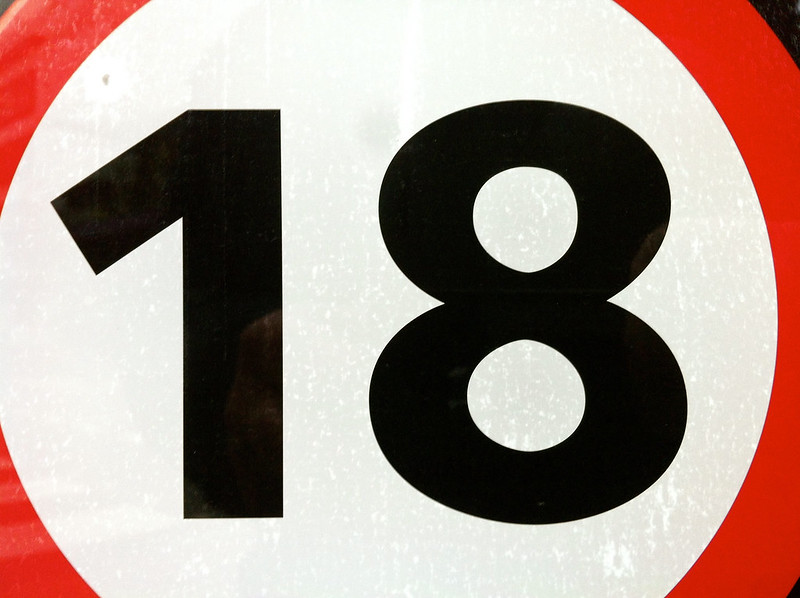 AI
AI
 AI
AI
 AI
AI
Google LLC-owned video site YouTube announced today that it will introduce more advanced AI to ensure younger people aren’t watching videos designed for an older audience.
Up until now, the company has asked creators to put age restrictions on their videos, with some content being flagged by the algorithm only if it is found to be extreme in nature. Going forward, YouTube will use a similar machine learning algorithm to concentrate on what should be appropriate for a certain age.
YouTube already has the YouTube for kids app for users under age 13, while flagged content may come with an age gate. The company has also cracked down on extremist content surfacing on the platform. In 2017, it introduced machine learning technology to weed out such content. Technology similar to that will now be used to find videos deemed acceptable only for a mature audience.
“Our Trust & Safety team applies age-restrictions when, in the course of reviewing content, they encounter a video that isn’t appropriate for viewers under 18,” the company said in a blog post. “Going forward, we will build on our approach of using machine learning to detect content for review, by developing and adapting our technology to help us automatically apply age-restrictions.”
Uploaders can appeal the decision if they think they have been unfairly targeted by the algorithm. YouTube said that those who are in YouTube’s Partner Program – creators that monetize content – should not have a problem since the flagged videos would likely have been in violation of YouTube’s advertiser-friendly guidelines.
There is a likelihood that it will happen to monetized content, and when it does a creator can appeal the decision. YouTube often reverses such decisions, but a problem that creators have pointed out in the past is that by the time the video is monetizable again, it’s no longer being watched by a large audience.
If content has been labeled as age-restricted, users will need to sign in to YouTube. That goes for content watched on third-party apps, too. If users click on an age-restricted YouTube video while off the platform, they’ll be redirected and have to sign in.
The company said it has updated its policy pages to reflect the changes.
THANK YOU